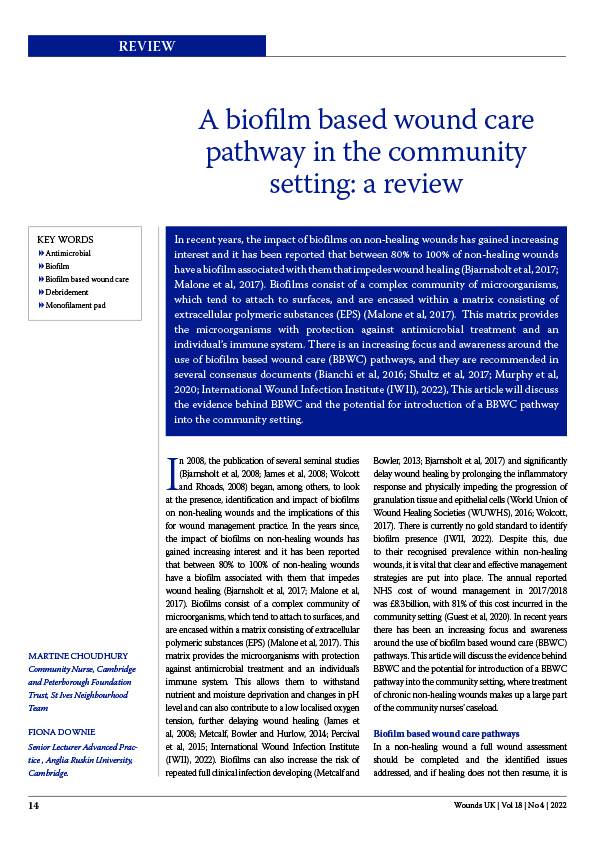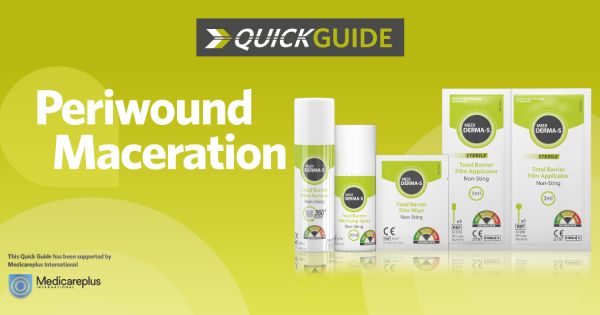Exudate consists of fluid that has leaked out of blood vessels and closely resembles blood plasma (WUWHS, 2019). Exudate production forms part of the normal wound healing process and can be beneficial to healing, by:
- Maintaining a moist wound healing environment
- Carrying tissue-repairing cells and essential nutrients
- Enabling autolytic debridement of the wound bed (natural removal of dead or devitalised tissue).
However, when in the wrong amount, in the wrong place, or of the wrong composition, exudate can delay healing and cause complications (WUWHS, 2019).
It is important to remember that exudate can be a good indicator of the state of a wound. Wound exudate should be monitored – in terms of several factors such as exudate amount, colour, viscosity (thickness) and odour – and any changes should trigger action (Simon, 2020).
Supported by HARTMANN







